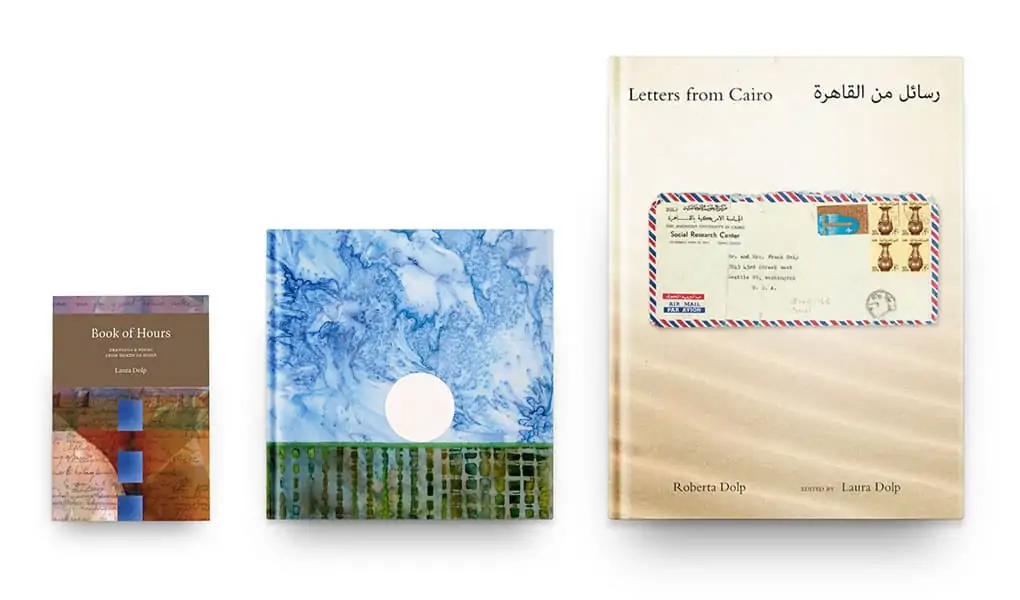The heavy, leathery hope of a turtle carrying her eggs. In her poem “Move,” Alicia Ostriker imagines the labor of our migration home. Ostriker’s compelling brand of inevitability, the “right spot” as she puts it, is born of both ugliness and grace, and embodies the involuntary power of breath. She muses on the turtle’s compulsion to return – is it “smell,” “memory,” or some other kind of “blueprint”? she asks.
Ostriker’s question, in particular her evocation of the blueprint with its reference to the activity of design, ichnography, and predestination, has us thinking about the group of books that have given birth to Stenen Press: in some ways apart from the Press’s current mission, but that have also been its critical impetus. We have grouped these books into the Blueprint Series to indicate their roles as points of origin but also their individual, generative lessons and their impact collectively as a workshop of thinking and making.
Individually, a Blueprint book does not strictly fulfill the criteria of a Stenen Press publication as a bilingual, illustrated book: A Book of Hours is visual and poetic but not translated, So is visual but textless, Letters from Cairo is archival but not illustrated per se. They were all written before the founding of the Press. In retrospect, they served as driving forces, a type of personal lab, that suggested what the future preoccupations of the Press would be.
I’ve been re-reading Six Drawing Lessons from William Kentridge, the adapted form of his Norton Lectures from 2012. It’s a book I return to now and then for an oxygenated, learned commentary on the act of making. Today I’m thinking about his brave summary about uncertainty:
Understanding, hoping, believing, not out of conviction, but from physical experience, that from the physical making, from the very imperfections of technique – our bad backward walking – parts of the world, and parts of us, are revealed, that we neither expressed nor knew, until we saw them – when we realized we always did know them. Through the spaces opened by the stupidities themselves – the randomly torn pages, the line and the parabola – we enact, and see, and celebrate our construction of the world. This is how I make a horse. This is how I make a face. This is how I see. This is the space of the work in the studio (128).
His paradox of backwards knowing, of knowing before seeing, feels like an apt description of our Blueprint Series. Of what it means to strike out toward something truer and less safe. I gaze at these books out of the corner of my eye – the books that showed the way forward – and exhale, waiting for new Stenen Press authors to turn the corner into view.

